#Ilya Muromets
Photo
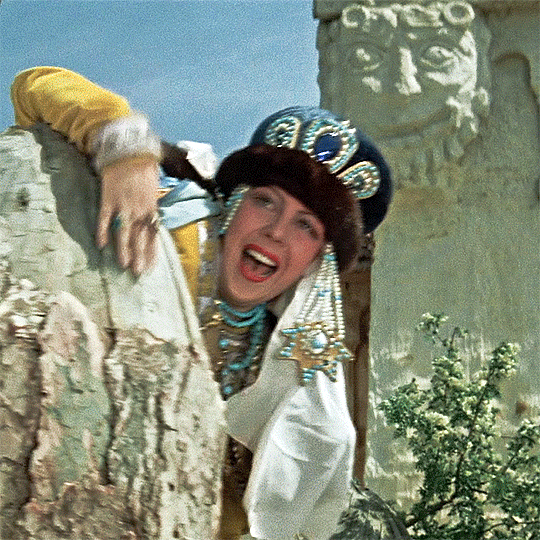
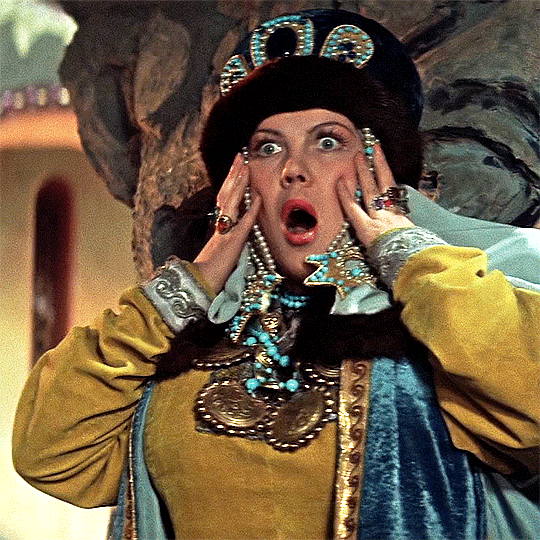

Tamara Nosova in Илья Муромец | Ilya Muromets (1956)
#Илья Муромец#Илья Муромец 1956#Ilya Muromets#Ilya Muromets 1956#Soviet cinema#Тамара Носова#Tamara Nosova#Alyosha Popovich#Алёша Попович#Sergei Stolyarov#Сергей Столяров#period drama#fantasy#perioddramaedit#fantasyedit#periodedits#filmedit#gifshistorical#russianperioddrama#my gifs#...yet the film is not a comedy somehow#...well it _tries_ not to be
307 notes
·
View notes
Text


Photographs: 1 and 2: Nicholas II inspecting the four-engine biplane 'Russky Vityaz' (In 1912, the Imperial Russian Air Service, formerly part of the Engineer Corps, became a separate branch of the army. In 1913, Igor Sikorsky built the first 'Russky Vityaz'; ) Grand Duke Alexander (Sandro) Mikhailovich played a role in the moving and shaking needed for this to happen.

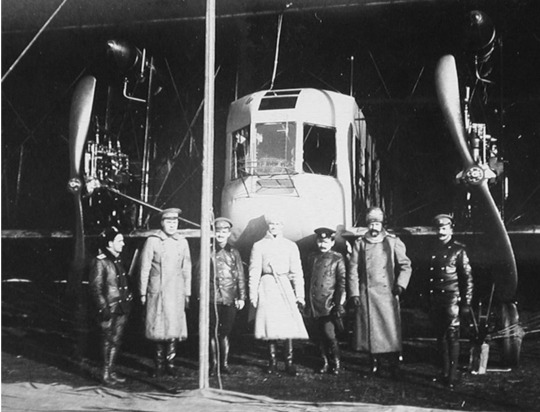
Photos 3 and 4: Also, in 1913, Igor Sikorsky built his famous bomber aircraft, the "Ilya Muromets," which appears in the two pictures above. In the photo directly above, Grand Duke Mikhail Alexandrovich is standing in front/center of the aircraft, wearing his cossack uniform. Sandro is the tall man next to last at the extreme left.


Photos 5 and 6: Sandro inspects the officers and hangars at the Officers Aviation School.

Photo 7. Sandro distributing diplomas at the Aviation School.

And in the picture directly above, Nicholas II wondering what Sandro will come up with next.
The Imperial Russian Airservice: The beginning of Military Aviation in Russia during WWI
“What next!?” Whenever I look at the picture directly above, I can "hear" Nicholas II thinking just that, with respect to his cousin and brother-in-law's interests, actions, and experiments.
Grand Duke Alexander (Sandro) Mikhailovich was a restless man of many talents and interests. Although he pursued a Naval career, his major contribution to his country and rank may be his role in the creation of the Russian Military Aviation School and the Imperial Russian Air Service.
Sandro had followed with interest the increasing sophistication of aircraft and their use for military purposes. And by 1910-1911, he was probably bored with Cannes, Biarritz, and growing seedless tangerines in the Crimea. The time was ripe for him to embark on a "project." Because of his proximity to the Tsar (he was his second cousin once removed as well as his brother-in-law, and one of the few Grand Dukes Alix got along with), he had access to the Tsar's ear (historians are still debating whether he used that access to the best advantage of his country or merely to his personal advantage.)
So Grand Duke Alexander Mikhailovich filled a need by helping create the Officer's Aviation School near Sevastopol in 1910 and later becoming the Imperial Russian Air Service chief during the First World War. Alexander held the Imperial Russian Air Service Field Inspector General position until the Bolsheviks relieved him from his duties.
At the beginning of World War I, the Imperial Russia Air Service had the largest air fleet in the world. It would be interesting to find out what happened.
#russian history#romanov dynasty#Nicholas II#Empress Alexandra Fyodorovna#Grand Duke Alexander Mikhailovich#Imperial Russia Air Service#Igor Sikorsky#Igor Sikorsky built his famous bomber aircraft#Ilya Muromets#Russky Vityaz
33 notes
·
View notes
Text
ᵀᵒᵐ ᴼᵈᵉˡˡ ⁻ ᴬⁿᵒᵗʰᵉʳ ᴸᵒᵛᵉ
(my edit)
#russia#ilya muromets#alyosha popovich#dobrynya nikitich#robber nightingale#russian cartoon#tom odell#another love#russian#edit#my edit
7 notes
·
View notes
Photo
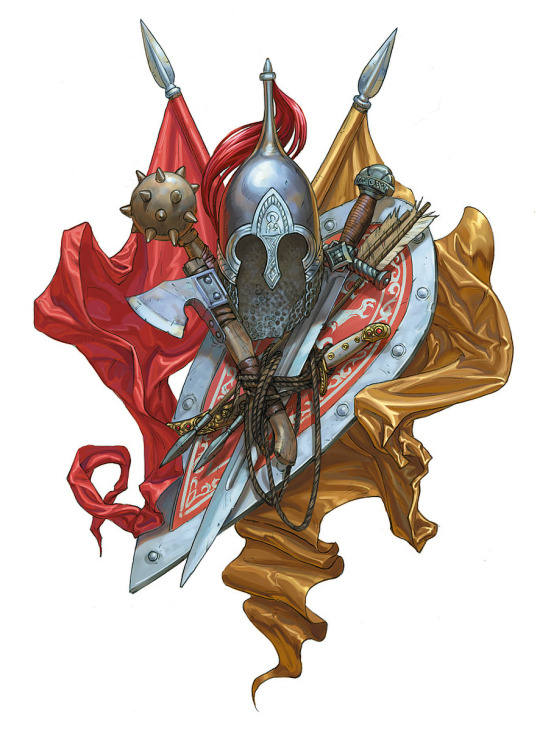
Stepan Gilev’s illustration for Nikolai Nadezhdin’s 2013 book, Илья Муромец.
#illustration#art#slavia#slavic#bogatyr#ilya muromets#mythology#legends#russia#россия#stepan gilev#nikolai nadezhdin
32 notes
·
View notes
Photo
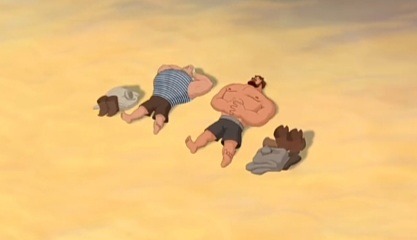
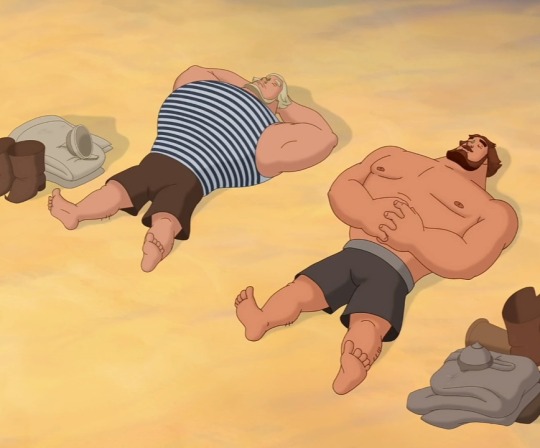

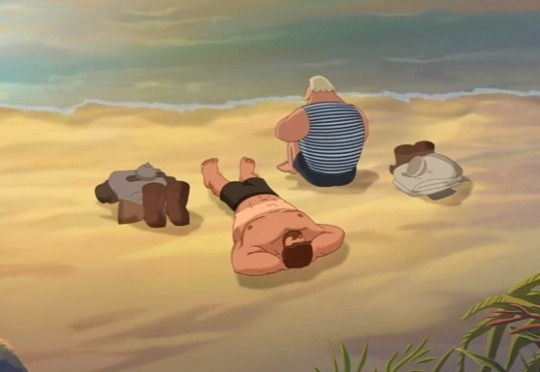

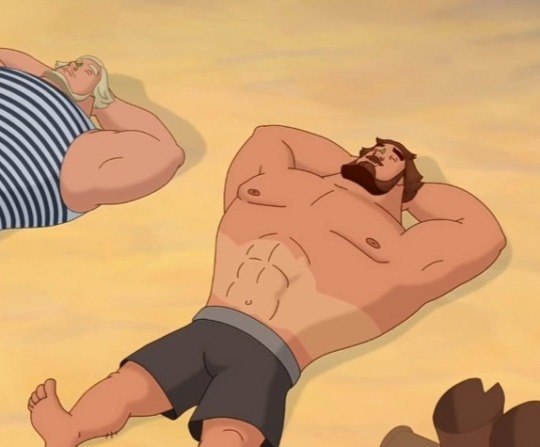
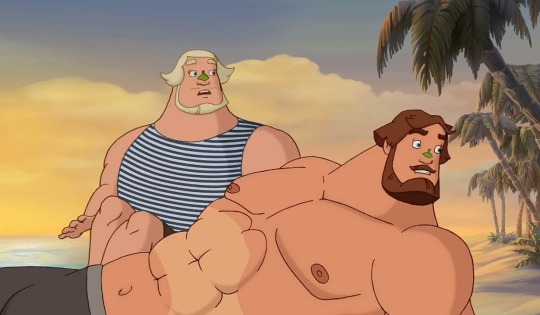
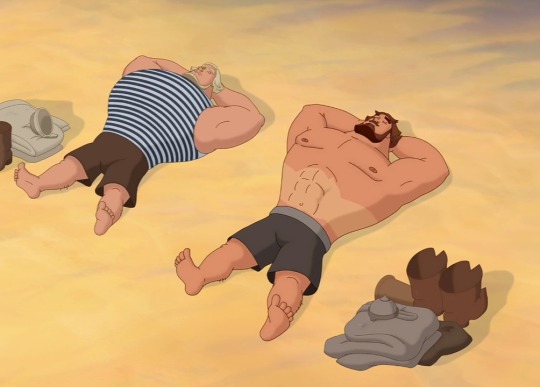
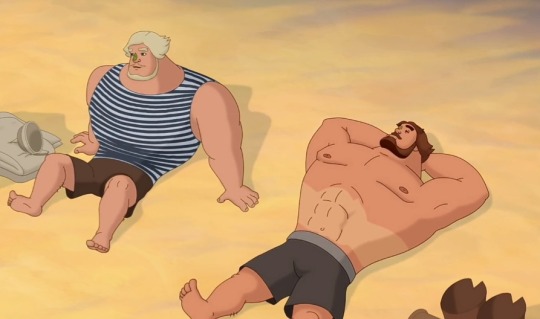
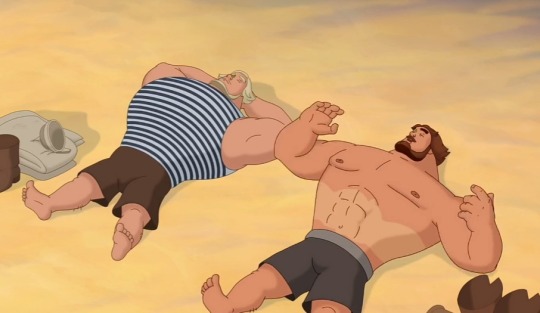
Two muscular heroes hanging out on the beach...
From a Russian movie called “Three Heroes on Distant Shores”
#three heroes on distant shores#muscular#shirtless#buff#the three bogatyrs#Три богатыря#ilya muromets
29 notes
·
View notes
Note
Ilya Muromets
Russian Hero
One of the main characters of the Old Russian and Russian epic epic. Bogatyr, a peasant's son, a native of Northeastern Russia, who came to serve in Kiev to Prince Vladimir; led the defense of Ancient Russia.
Anon, do you know where Northeastern russia is located? lmao XD oh yeah, my favourite Kyivan Rus Bohatyr from Siberia *sarcasm*
.
Ilya Muromets was born approximately between 1150 and 1165. And he died at the age of about 40-55 years, as it is assumed, during the capture of Kyiv by Prince Rurik Rostyslavych in 1204, when the Pechersk Lavra was defeated by Rurik's allied Polovtsy
In epics and legends, three heroes - Ilya Muromets, Alyosha Popovych and Dobrynya Mykytych - often perform feats together. But they never actually met. They were separated by centuries - Dobrynya Mykytych lived in the 10th century, Alyosha Popovych - in the 13th century, and Illya - in the 12th century.
Illya Murovets was first mentioned in the second half of the 16th century by Filon Kmita-Chornobyl, a bright representative of our Ruthenian nobility. This mention shows that Illya Murovets was a well-known person in the military tradition of Ruthenia-Ukraine. It should be noted that this is the first mention of the source, which records the name for us - Ilya Murovlyanin, that is, from Murovli or Moroviysk.
According to Ukrainian legends, in particular the story "About Illya Muromets and Nightingale the Robber", Illya comes from "the city of Muroml". Some Ukrainian researchers assume that it is about the city of Moroviysk (the modern village of Morivsk, Chernihiv region of Ukraine). One of the main arguments is the speed with which he reached Kyiv - this could only be done from Moroviysk in the Trans-Desnian region.
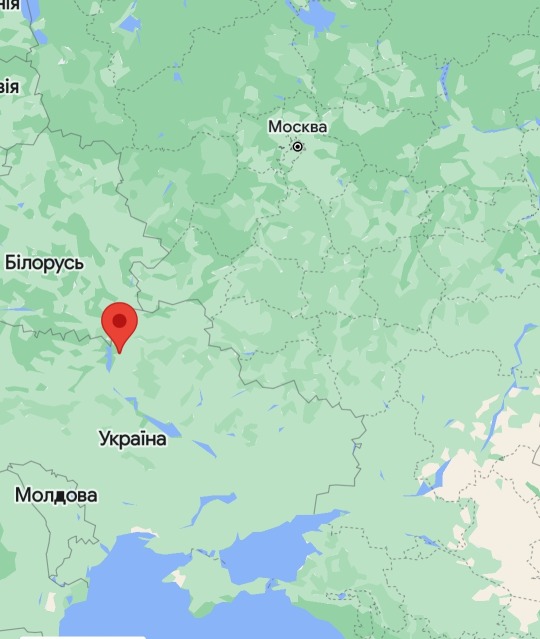
According to russian legends, Ilya comes from the "village of Karacharovo near Murom". Some russian researchers assume that it refers to the village of Karacharovo near Murom in the modern Vladimir region of russia.

The second mention of Ilya Muromets is contained in the diary of the Austrian diplomat Erich Lyasota (1594), who was passing through Kyiv. The author calls the hero Morovlyn (Morovlyanin) and notes that he was buried in the local St. Sophia Cathedral:
"In the second chapel outside the church was the tomb of Ilya Morowlin (Eliae Morowlin), a kind of noble hero, that is, Bohater, as they call it. There are many legends about him. This tomb is currently destroyed, but the tomb of his companion is still intact, also in this very chapel"
He becomes a Muromets much later, when folklore expeditions begin to operate. Then several people were reduced to one figure.
Because in reality, there was a hero of the Moscow epic Ilko Muromets (real name Ilya Korovin, pretended to be the nephew of Tsar Dmytro - ed.). He was a robber, an active figure in the period of the Smuta period, i.e. the beginning of the 17th century.
Already in the times of the USSR, he was completely artificially attached to the city of Muroma. Although here we must divide: they had their own Ilko Muromets, and there was our Ilya Murovlyanin, who came from Moroviysk, which was halfway from Kyiv to Chernihiv.
According to the epic cycle, we see that Ilya Murovlyanin is the hero of Kyiv region and Chernihiv region. These territories are native to him. He got to Kyiv in one day. And one day, having confused the road, he left not for Kyiv, but for Chernihiv. This geographical proximity of the cities orients us to the place where the hero Ilya comes from.
The injuries and diseases that the researchers saw on the incorruptible body of Ilya really testify that, as the chronicles indicate, he suffered from disorders of the mobile apparatus, in today's language, this is osteochondrosis in a severe form, and he died, which is also stipulated in the legend of his death.
In the Kyivo-Pechers'ka Lavra, there is exactly that legendary hero, but not in the "mythical" sense, but one of the military cults really came from him.
Illya Murovets never positioned himself as a giant. This legend about the giant is connected with his hiding place. After all, the pilgrims in the caves saw his body buried in the wall between the two galleries. And they saw the head in one gallery, and the feet in another. This led to such an optical illusion that the body is large.
When Vasnetsov painted the "Bohatyrs," he depicted them in the image of the Moscow guard boyars, who went on road trips to the southwestern borders of the Moscow kingdom, with somewhat invented armor.
This is what Muscovites of the beginning of the 17th century looked like. And after Vasnetsov, they began to copy this image. Whoever successfully reconstructed the image first is followed.
If you look at the cast monument of Illya Muromets in the Muromets Park in Kyiv, it is simply an image from Vasnetsov's painting transferred by a sculptor who did not deviate from the template imposed on us by the Russian Empire.
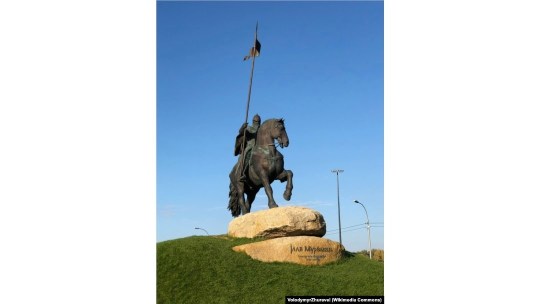
Today we have to understand: if the hero Illya Murovets-Murovlyanin existed, then he was obviously a man with a long mustache, probably he was bald or with a strand of hair, which is called a "chub" or "herring".
He did not have the same weapons as in Vasnetsov's picture. That is, he was a person typical of his 12th century.
2 notes
·
View notes
Text


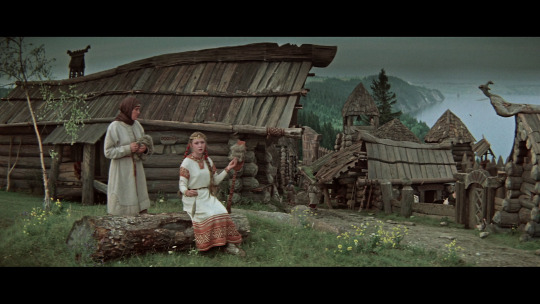
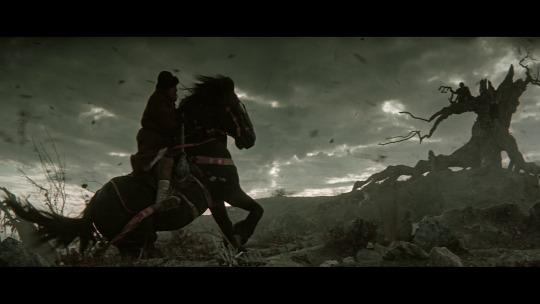

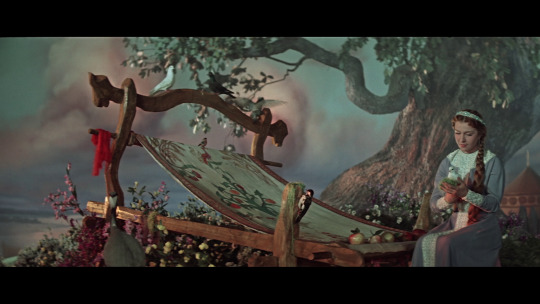



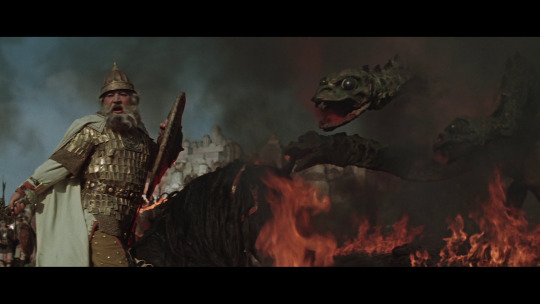
Ilya Muromets Илья Муромец (1956)
AKA The Sword and the Dragon (US) and The Epic Hero and the Beast (UK)
DEAF CROCODILE FILMS Blu-ray 2022
#what a gorgeous film#4k restoration#ilya muromets#the sword and the dragon#the epic hero and the beast#Илья Муромец#fantasy#epic#sword and sorcery#dragon#soviet film#russia#aleksandr ptushko#gallery#film#1950s#blu-ray#physical media
30 notes
·
View notes
Photo
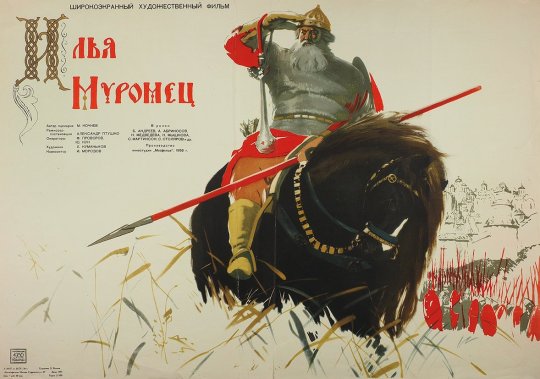
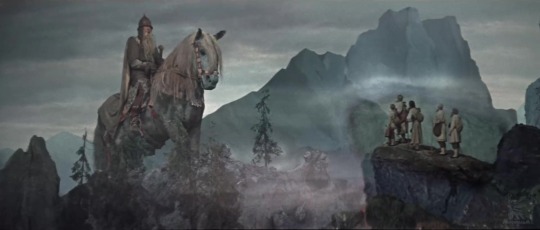
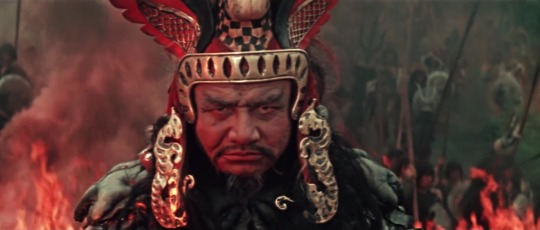
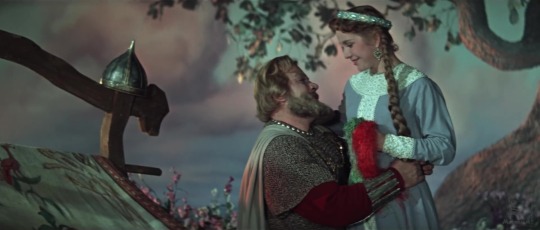
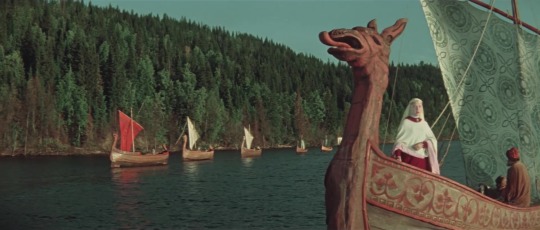
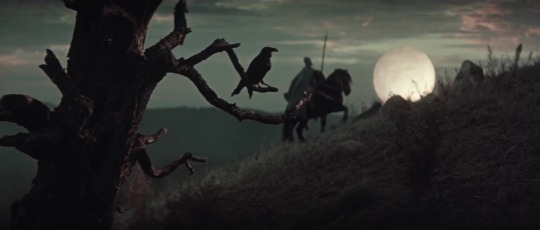

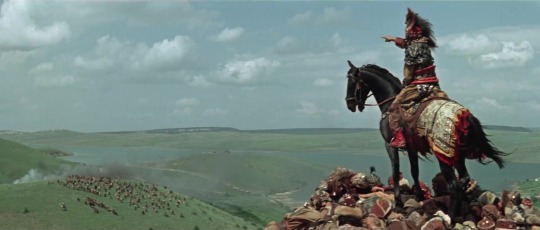
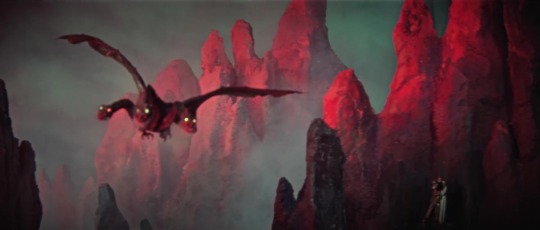

Ilya Muromets (1956, Aleksandr Ptushko)
Also known as: The Sword and the Dragon
Илья Муромец (Александр Птушко)
6/18/22
#Ilya Muromets#Aleksandr Ptushko#The Sword and the Dragon#Russian#Boris Andreyev#Shukur Burkhanov#Andrei Abrikosov#Natalya Medvedeva#Ninel Myshkova#Sergey Martinson#50s#fantasy#adventure#medieval#Soviet#Kievan Rus'#Kyiv#knights#superheroes#heroism#dragons#monsters#war#paganism#barbarians#11th Century#magic
12 notes
·
View notes
Text
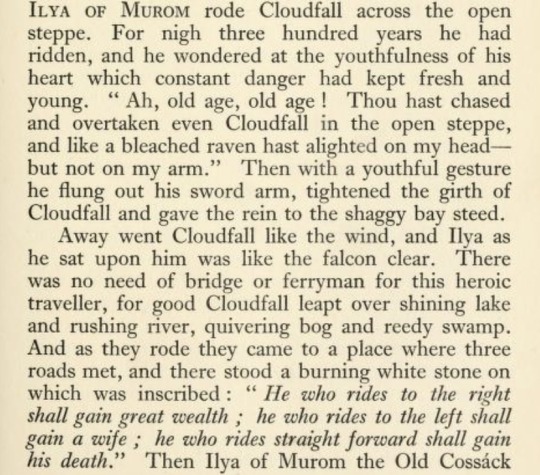

excerpt from “The Adventure of the Burning White Stone” in The Russian Story Book, retold by Richard Wilson, published in 1916
0 notes
Text
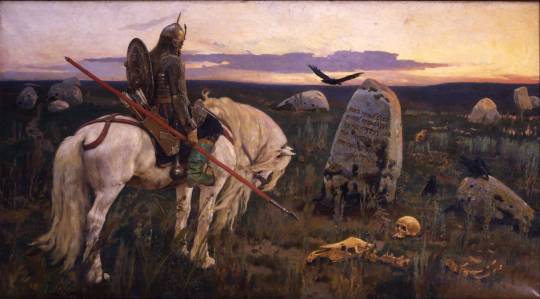
Viktor Vasnetsov - Knight at the Crossroads, 1882
#Viktor Vasnetsov#Knight at the Crossroads#art#paintings#Russian art#1880s#19th century#folklore#Three Journeys of Ilya Muromets#Ilya Muromets#legend
1 note
·
View note
Text
0 notes
Photo

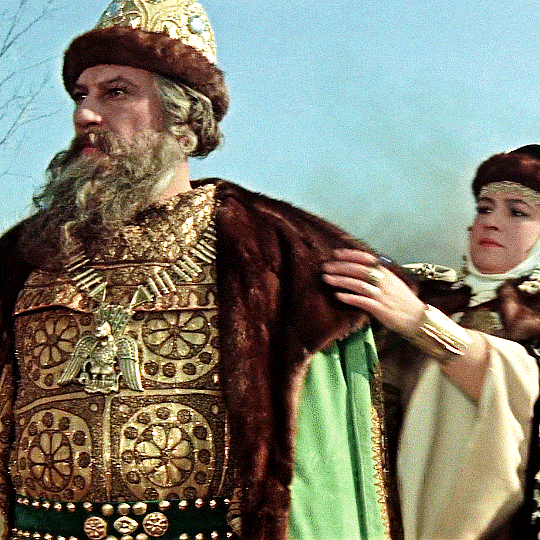

Natalya Medvedeva and Andrey Abrikosov
in Илья Муромец | Ilya Muromets (1956)
#Илья Муромец#Илья Муромец 1956#Ilya Muromets#Ilya Muromets 1956#Soviet cinema#Наталья Медведева#Андрей Абрикосов#Andrey Abrikosov#Natalya Medvedeva#Владимир Красное Солнышко#Владимир Красно Солнышко#Vladimir Krasno Solnyshko#period drama#fantasy#perioddramaedit#fantasyedit#periodedits#filmedit#russianperioddrama#my gifs
197 notes
·
View notes
Text
The Weekly Gravy #156
Ilya Muromets/Илья Муромец (1956) – ***
Available on: Kanopy (also YouTube)
When Ilya Muromets was first released in America, it was retitled The Sword and the Dragon (slightly misleading, as the dragon is a relatively minor part of the film) and redubbed; I’m curious to see that version (without the MST3K gang’s comments, thank you) because watching it in Russian with subtitles, I found the…
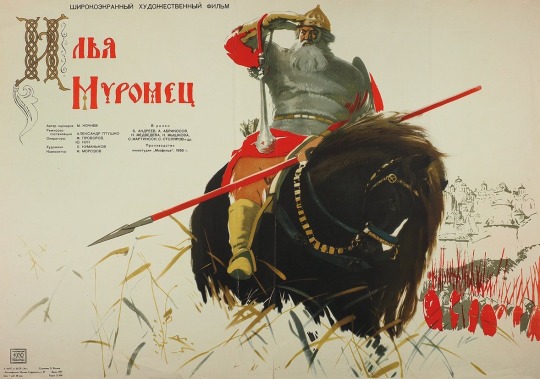
View On WordPress
#2023 Films#2023 in Film#Dog Movie#Driving Miss Daisy#Илья Муромец (#Film Reviews#Ghosts of the Void#I Never Promised You a Rose Garden#If Footmen Tire You What Will Horses Do?#Ilya Muromets#Kansas City Underground Film Festival#KCUFF#La Nueva#Streamtember#The Newcomer#The Weekly Gravy#Two Knocks on a Door
0 notes
Text
Teicher Mammut - "Universal Carrier: People, Cargo, Bombs"
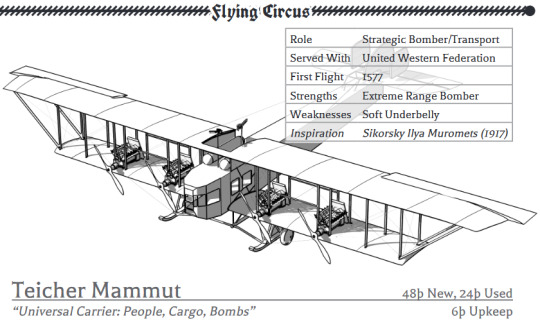
Role: Strategic Bomber/Transport
Served With: United Western Federation
First Flight: 1577
Strengths: Extreme Range Bomber
Weaknesses: Soft Underbelly
Inspiration: Sikorsky Ilya Muromets (1917)
Description:
The Teicher Mammut is famous as the first four-engine aircraft, but post-war it is often considered underwhelming due to the low power of its engines. The majority were restored to passengers and cargo carriers after the UWF fell, and those still in combat use are drastically modified.
If you are a cargo driver, however, the Mammut has much to recommend it. The glass cockpit is comfortable to fly from for long journeys, the machine is easily reconfigured for goods or passengers, and the low powered engines are fairly easy to maintain. It’s a very practical machine, if not a very powerful one.
Most Mammuts have one or two defensive turrets on the roof: The gunners climb up from the cabin to operate a pivoting gun on a stand to hopefully deter any opportunistic attackers. Wholly exposed, this position is popularly known as The Stake (Der Pfahl), a reference to the poles firing squad victims would be tied to for wartime executions.
5 notes
·
View notes
Video
Those heroes are jacked!
#three heroes on distant shores#shirtless#muscular#buff#the three bogatyrs#Три богатыря#ilya muromets
19 notes
·
View notes
Video
youtube
Исцеление Ильи Муромца. Стáрина. Маточкин. Tradition. Folklore. 전통. מָסו...
#youtube#Исцеление Ильи Муромца. Стáрина. Маточкин Александр. У Гороховского. Квартирник. Санкт-Петербург. 18 ноября 2022г. Healing of Ilya Muromets.
0 notes